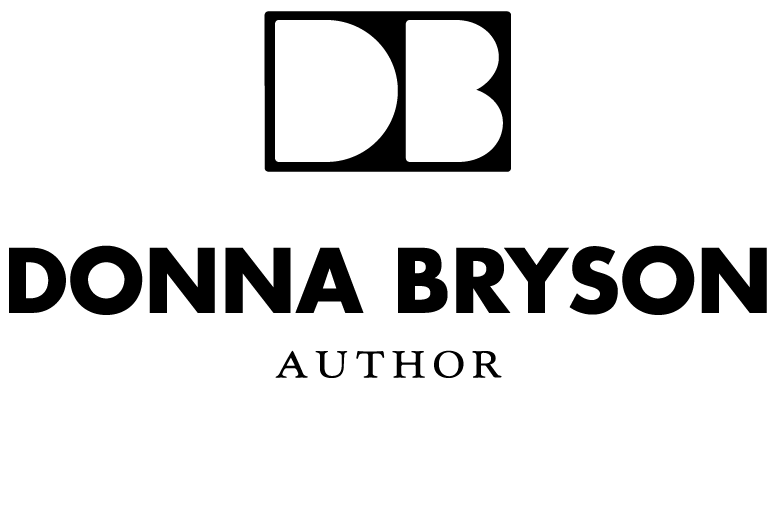Readers of my book about post-apartheid race relations among young South Africans send me updates from the frontlines of the battle for tolerance.
I got emails about the sudden death of the 60-year-old first black vice rector of Stellenbosch University who was reportedly exhausted and dispirited by the opposition he faced from white alum for pushing for more black students and for a less racist, sexist and homophobic campus atmosphere . My Facebook timeline buzzes with reports of white students at yet another South African university who, costumed as maids for a costume party, painted their faces black and stuffed their pants with pillows to emphasize their buttocks.
Grim as the dispatches are, I’m unconvinced they indicate the war is being lost. The messages are gifts, because they are reminders that complacency is the enemy of hope. My own nation’s history shows that the project of building a cohesive community on the foundation of a legacy of violent subjugation can’t move forward without hope.
As I traveled in South Africa promoting It’s a Black-White thing, I was privileged to receive other gifts. They came in the form of encounters with people like the head teacher of a high school near Johannesburg. She took a look at my book’s cover, which features a quote by Archbishop Emeritus Desmond Tutu: ``Forgiveness is not for sissies.’’
“That's so true,’’ mused the teacher, who is white and Afrikaans speaking, meaning she is from the Afrikaner minority some might blame for the brutal and cynical apartheid policies that once denied economic, educational and political opportunities to most South Africans.
“I sometimes have trouble forgiving myself,'' she added.
The teacher heads a school reserved for Afrikaners during the apartheid era. Now, most of her students are black, some traveling from Soweto, once a cauldron of anti-racist protests, including the 1976 demonstrations against the imposition of Afrikaans as a language of instruction in black schools. Police opened fire on peaceful marchers in Soweto on June 16, 1976. The protests and violence spread across the country. Scores of young people were killed. The white minority government found itself confronted by newly radicalized young South Africans who would lend energy to the struggle at a time when anti-apartheid leaders like Nelson Mandela had been imprisoned for years. Some young protesters declared ``no education before liberation,’’ and left the country to learn to use guns and bombs. Others took up words as weapons, writing protest plays, poetry and songs and heading into exile to study not guerrilla tactics, but the economic and political theories they would need to run a dreamed-of future South Africa.
Sowetans of the 21st century are engaged in a new struggle. Their parents want their children to have a chance to be taught by those who got the best training and resources the apartheid government had to offer.
The Afrikaner head teacher’s Zulu and Sotho students told me they were hopeful and thankful to be ``born free'' of apartheid, which ended with the historic 1994 all-race elections that ushered Mandela into the presidency.
The students understand that their parents want them to make the most of their moment in history. But that doesn't make the pressure of expectations easier to bear.
One teacher listened and smiled as a student complained to me that she is pushing her to get near-perfect scores on her English exams. I told the student that if the teacher expected anything less, it would be an insult.
My tour also took me to Bloemfontein, home of the University of the Free State, the main setting of It’s a Black White Thing. My book details the integration struggles of the university, which like the high school, was once reserved for Afrikaners. In 2008, the university in South Africa’s heartland found itself at the center of an international uproar over a racist video white students made to announce their opposition to allowing fellow black students to live at their dormitory. Today, the university is led by a black rector.
A professor in Bloemfontein paid me the compliment of saying he recognized himself in my book. Others told me they hope the book can help spark the hard conversations they say South Africans need to have about race, identity and change. Those are conversations I know people around the world also are working to have. Since returning to the United States after 19 years as a foreign correspondent in South Africa and elsewhere, I have written about such issues as concern about racism at the University of Colorado’s dental school and how a small town in eastern Colorado coped with the arrival of scores of Somali refugees.
In Bloemfontein, I also heard complaints about that the steps that the university rector and other officials have taken to foster cooperation and respect across racial and ethnic lines. To some impatient students and staff, the strategies sound like mere talk.
But words are powerful. The right word from a teacher can heal. The wrong word can take your breath away like a blow to the stomach.
At the high school near Johannesburg, the head teacher gave me a hug in farewell. I’m left thinking that forgiveness, too is just words. Words we use to come to terms with the past, so we can then move to shape the future.
